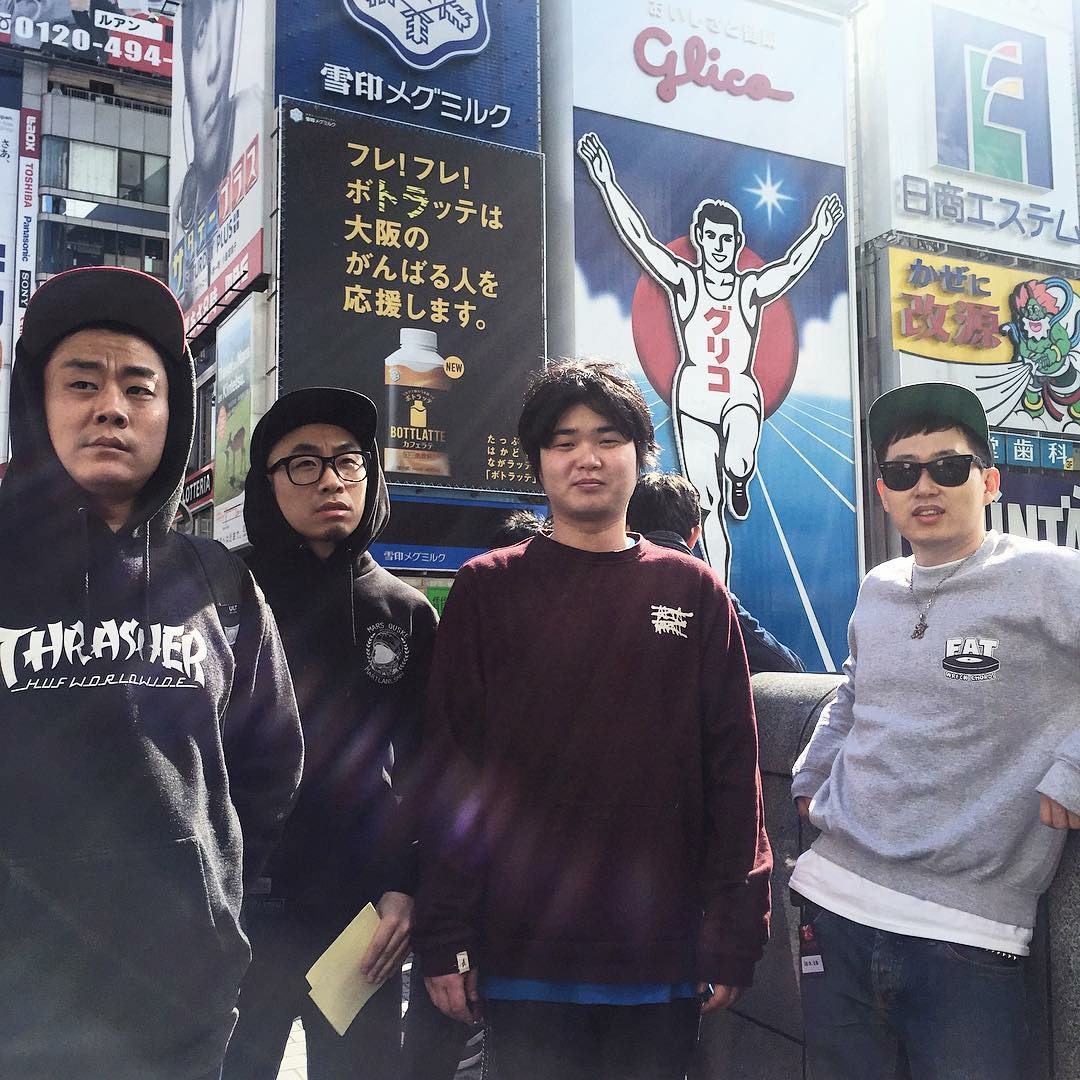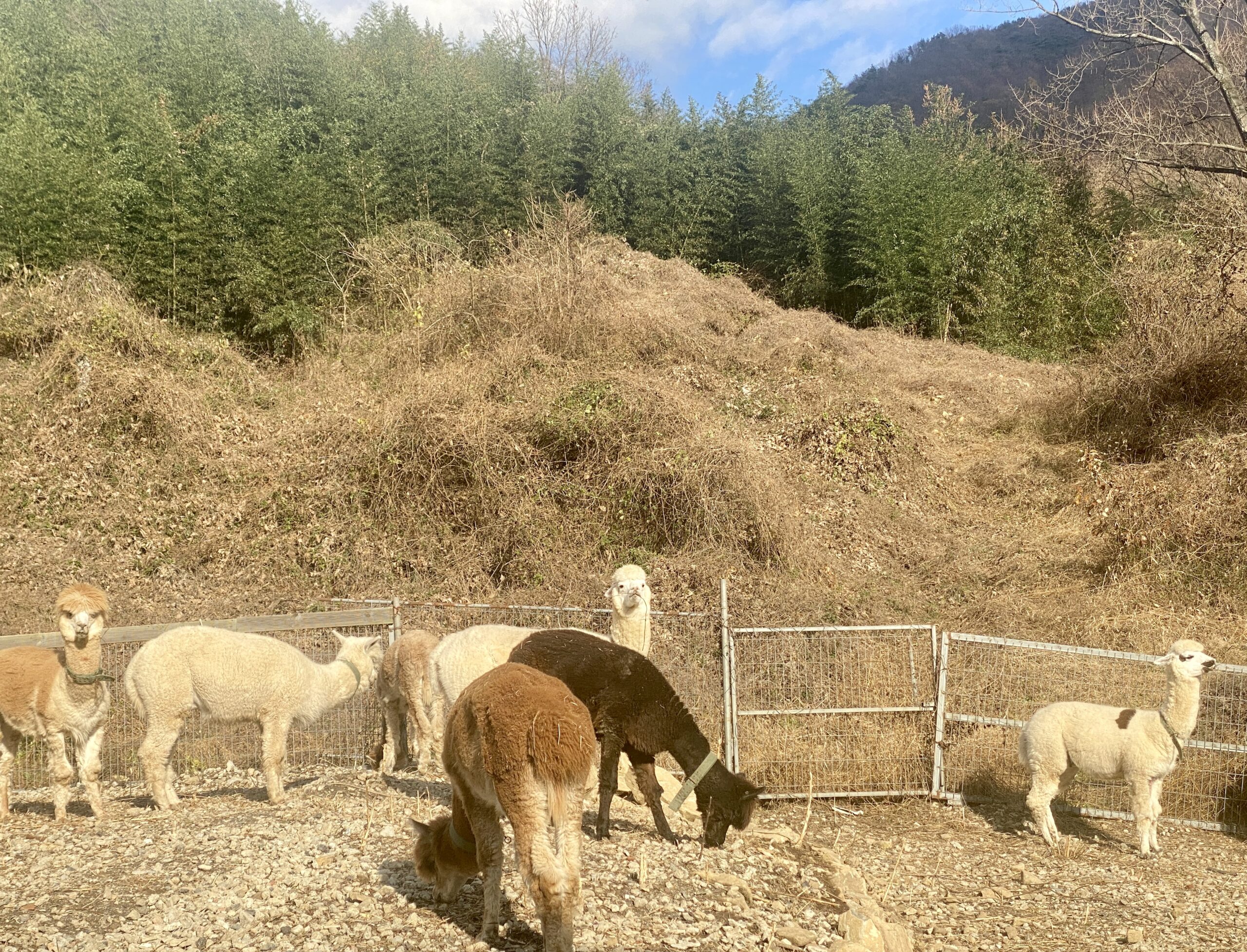No Man’s Land: An Interview with Thando Mlambo

Written by Kristyna Zaharek
Photographed by Ben Robins
As one of the performers in No Man’s Land (NML), directed by Thando Mlambo, I can say I feel so blessed to be a part of this show. The first time I went into rehearsals, Thando called us to draw out hidden emotions and insecurities. It was uncomfortable. But, through this, I can confidently say – and I probably speak for others as well – that this experience has also been healing. We’re all broken in some way, and we can all eventually find a way to rise again if we push through it. I am thankful to Thando for finding the time to do this interview with me.
Question: What is No Man’s Land? Where does the name come from?
Thando Mlambo: No Man’s Land (NML) is like a mixed-media performance. It incorporates different arts like music, dance, and poetry. All of them combine to tell a story of the rise and fall of mankind. The name actually came later. I had so many ideas of what the name should be, but I’ve always felt that the people of the earth are treading on something that is not ours. Also, the idea of “no man’s land” actually exists. Between the borders of two countries, there’s always a piece of land that people are fighting over. No one has claimed the part between the two countries. That strip of land is called “no man’s land.” You can do whatever you please there. The production is also a retelling of how the earth is something that we’ve taken control of. Like, it’s ours, but it actually isn’t. Whether you feel it’s Mother Nature’s or a Higher Power’s, it’s not really ours. We’re slowly destroying it and taking ownership of it. It’s not a “no man’s land” to do with as we please. It also can be a state of mind, a place of nothingness between two places that are polar opposites. The moment where your mind is at a loss between good and evil, or yes and no, fight or flight.

Wow! That’s not something we usually think about in our day-to-day. What was your initial inspiration for NML?
My initial inspiration was myself and my inability to speak. NML has been a long time coming. I’ve never had the courage to create it because I felt that I lacked resources, skill, theatrical background – everything that this needs to be put together. But, I’ve always internalized everything I see around me. Whether it’s directly related to me or to people I know, they’ve always played in my head. It was through creative images I used to write in poetry form. I’ve always wanted to say it out loud, but I’ve only ever known to create art. Art imitates life; it can speak for me. That’s how it began. I’ve just always wanted to do it. I wanted to put life into one big mess of a show.
I know at least one piece – a poem – that was written specifically by you. How many other pieces are your pure creation?
Most of the choreographies are my own. Some were inspired from videos I’ve seen or different cultural dances, but the finished choreographies I put together are my own. I look at pavement when I’m running; to me, that’s a picture of burden. I’ve always wanted to put that in a piece. I imagine running from something, running to something. I wanted all of the pieces to be original in some form. There’s only one poem that comes to mind that isn’t written by me or someone else in the show. The songs, of course, aren’t original. But everything that’s choreographed is completely original. I wanted people to tell their stories. They’re our stories, you know. I want them to be told.
I’m sure we can all guess that you’re passionate about the dances, but out of curiosity, what form of art – in this show, in particular – are you most excited about?
Hah! The weird thing is, I feel that’s what I would have thought as well – but it would have been nice to have some acting in the show. Some humorous skits would have been some good relief. But, yes. Dance is obviously something I have an extremely deep relationship with. Poetry, I also connect to, but it feels more vulnerable to me.

What are some of the biggest challenges you have faced in the creation or production of this show?
I came into this show with big expectations. I’d finally gathered up the courage to give this a shot. Because it’s so dear and close to me, I take everything to heart. Every. Single. Thing. Right from the start, I knew the pieces I wanted performed. I also knew I needed double than what I have now. I had to downscale the show – which is fine. But that, and people pulling out from the show, scheduling conflicts, not having a full production team, pulling and regrouping people, sometimes even begging – those are what have made this a challenging show to work with. I just feel that I have so much to prove. I want to show that I can do something for Gwangju. I’ve had to beg and chew and fight to get people to be involved. I’m so grateful for those who stepped up and offered to help!
Have there been any moments during rehearsals that were eye-opening for you? That connected you to the piece even more?
I’ve had quite a few. I have a tendency to not show or tell the performers. The most significant [instance] happened during a piece called “Bodies.” We were rehearsing, and things were coming along. Eventually, we tried to extend a certain section. The violin was playing and then just stopped, and there was this moment where I had stopped counting (during rehearsals, we had been trying to keep the beat consistent). “Bodies,” out of all the pieces, has the biggest place in my heart. It comes from a very personal struggle, especially with back home [in South Africa] where women are being abducted. Someone close to me almost lost her life to human trafficking. That moment in that piece struck a chord with me. It took me out of the rehearsing mind and reminded me why I chose that dance.

What are your expectations for the viewers? What do you want them to take away from this performance?
When it comes to destruction, we can only create art. I want them to keep an open mind. In Gwangju, we love art! It’s great. It makes us happy. We interpret it as small, fun performances. They leave happy. But I want Gwangju to experience interpretive art. They need to find their own emotions, their own story within the art instead of being shown what to emote. It’s been difficult for everyone involved. They have to find a side of themselves they don’t usually expose to others. I want the viewers to appreciate that, and to decide for themselves what the pieces draw out of them.
PERFORMANCE INFORMATION
No Man’s Land will be performed at Yeonbaram Theater on September 16 and 17. There will be two performances on Saturday, at 3 p.m. and 7 p.m. There will also be one on Sunday at 3 p.m.
Tickets can be reserved beginning mid-August. You can pre-order tickets at www.gwangjutheatre.com. Pre-ordered tickets are 10,000 won, and tickets at the door are 12,000 won.





